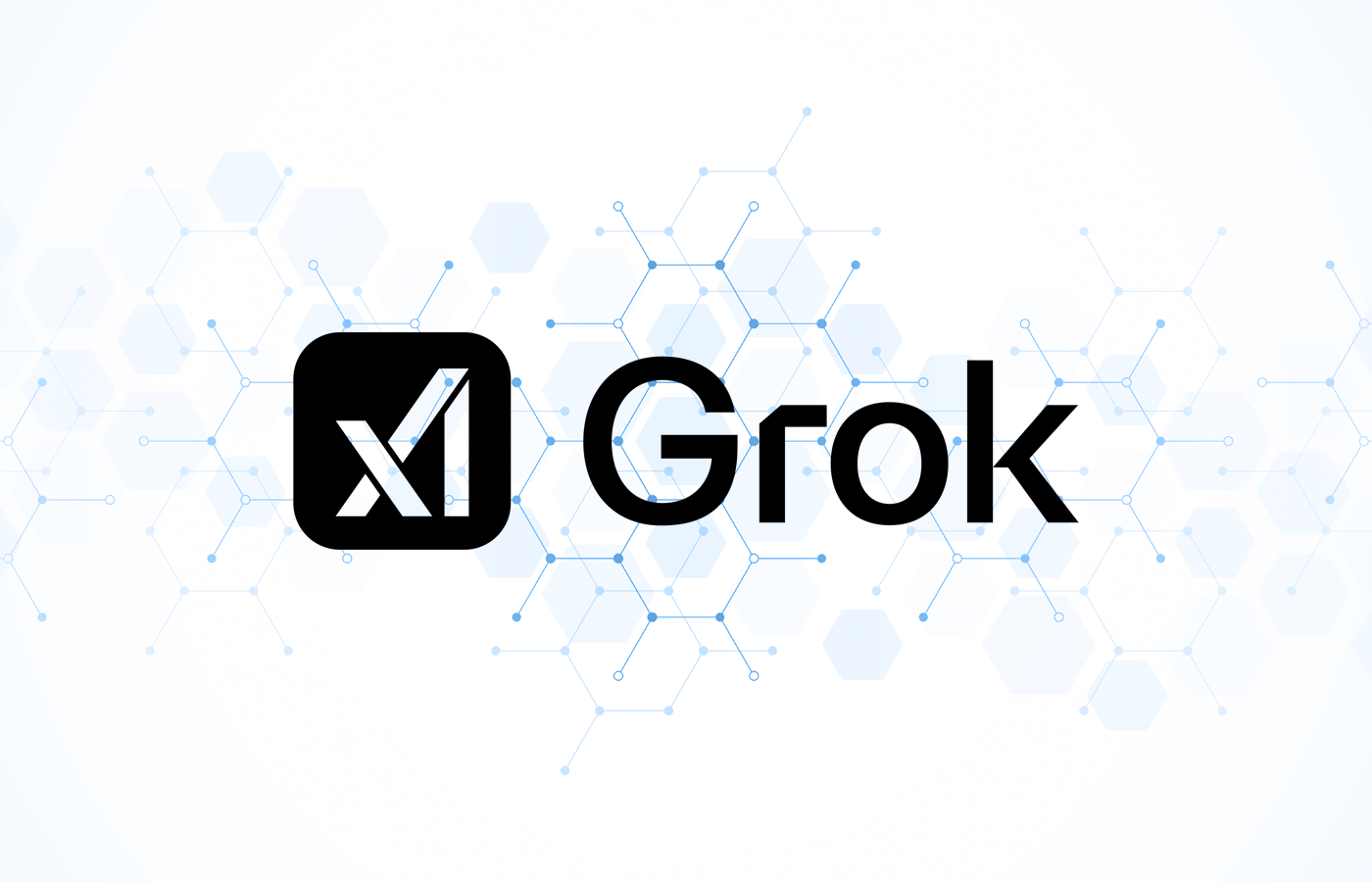Elon Musk’s AI company, xAI, has recently launched its latest flagship AI model, Grok 3. This new model, along with enhancements to the Grok apps for iOS and web, positions xAI as a significant player in the rapidly evolving AI landscape. Grok 3 is designed to analyze images, respond to questions, and powers various features on Musk’s social media platform, X.
Grok 3’s development has been a significant undertaking for xAI. Trained in a massive data center in Memphis utilizing approximately 200,000 GPUs, Grok 3 represents a substantial advancement over its predecessor, Grok 2. Musk has stated that Grok 3 was developed with ten times the computing power of Grok 2 and an expanded training dataset that reportedly includes court case filings.
xAI claims that Grok 3 surpasses OpenAI’s GPT-4o on benchmarks such as AIME (evaluating math question performance) and GPQA (assessing performance on PhD-level physics, biology, and chemistry problems). Early versions of Grok 3 have also performed competitively in Chatbot Arena, a crowdsourced testing platform where users vote on their preferred AI responses.

Grok 3 is not a single model but a family of models. One smaller version, Grok 3 mini, offers faster response times, though with a potential trade-off in accuracy. While not all models and features are immediately available, xAI has begun the rollout.
One of Grok 3’s key features is its “reasoning” capability. Two variations, Grok 3 Reasoning and Grok 3 mini Reasoning, are designed to carefully analyze problems before providing answers. This is similar to reasoning models like OpenAI’s o3-mini and DeepSeek’s R1. These models are designed to fact-check themselves, reducing the likelihood of errors. xAI claims that Grok 3 Reasoning outperforms o3-mini-high on several benchmarks, including the mathematics benchmark AIME 2025.

These reasoning models are accessible through the Grok app. Users can request Grok 3 to “Think” or, for more complex queries, utilize “Big Brain” mode, which uses additional computing resources for reasoning. xAI suggests that these models are best suited for questions related to mathematics, science, and programming.
To prevent “distillation,” a technique used to extract knowledge from other models, some of the reasoning models’ “thoughts” are obscured in the Grok app, according to Musk. This comes after recent accusations against DeepSeek for allegedly distilling OpenAI’s models.
Grok’s reasoning models also power a new feature called DeepSearch, xAI’s version of AI-powered research tools like OpenAI’s deep research. DeepSearch scans the internet and X to analyze information and provide a summary in response to a user’s question.

Grok 3 access is initially being offered to X Premium+ subscribers ($22 per month). xAI is also introducing a new plan called SuperGrok, rumored to be priced at $30 per month or $300 per year. SuperGrok will provide access to more reasoning and DeepSearch queries, as well as unlimited image generation.
Looking ahead, Musk has announced that a “voice mode” will be added to the Grok app within a week, giving Grok models a synthesized voice. A few weeks later, Grok 3 models and DeepSearch will be available through xAI’s enterprise API.
xAI also plans to open-source Grok 2 within the next few months. Musk has stated that the company’s approach is to open-source the previous version of Grok when the next version is fully released. He anticipates that Grok 2 will be open-sourced when Grok 3 is mature and stable, likely within a few months.
When Grok was initially announced two years ago, Musk described it as edgy, unfiltered, and anti-“woke,” willing to answer controversial questions that other AI systems might avoid. While earlier Grok models did exhibit some of this edginess, particularly in their use of language, their stance on political issues was more nuanced. One study suggested that Grok leaned left on topics like transgender rights, diversity programs, and inequality.
Musk attributed this behavior to Grok’s training data, which consisted of public web pages, and pledged to make Grok more politically neutral. It remains to be seen whether xAI has achieved this goal with Grok 3 and what the implications might be.





